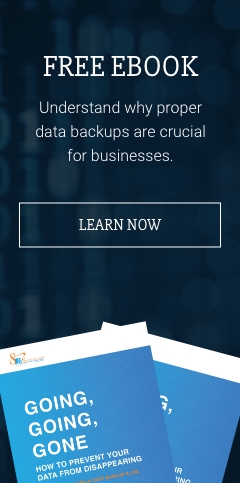Recent years have seen an unprecedented growth in remote working, with more than half of the world’s workforce now working outside the office at least once per week. Some innovative startups are even eschewing the traditional office environment entirely, instead using cloud technology to connect workforces over a much wider geographical area. Remote work also cuts down utility bills, increases employee morale, and boosts productivity.
Like any big change, getting your business ready for remote working isn’t something you can achieve overnight. It requires careful planning and taking the steps needed to make your business more adaptable to change. Here are tips to mobilize your workforce:
#1. Implement mobile device management (MDM)
The portable nature of smartphones, tablets, and laptops puts them at a much higher risk of getting lost or stolen. That’s why administrators need full visibility into their entire portfolio of mobile devices.
MDM software allows businesses to track all mobile devices used for work and define and enforce security policies and controls. It eases the administrative burden by giving a bird’s eye view of the entire network, monitoring content on included devices, and granting or revoking access rights as necessary.
#2. Create a bring your own device (BYOD) policy
Many businesses let employees use their own devices for work to reduce costs and improve productivity. However, doing so increases cybersecurity risks since you don’t have control over these. To mitigate these risks, you’ll need a BYOD policy that governs employee-owned devices. For example, you’ll probably want to exclude any devices with outdated operating systems, jailbroken iPhones, or other potentially vulnerable devices. Your BYOD policy should be clearly worded to ensure that your employees understand what they’re agreeing to.
#3. Move apps and data over to the cloud
There’s simply no better way to get your organization ready for remote working than by moving to the cloud. The cloud lets you access all your business apps, data, and other digital assets over the internet. This way, there’s no need to store any business data on mobile devices, employee-owned or otherwise. Migrating to the cloud from an in-house data center can be time-consuming, but it’s a must to make your business more adaptable to change and enable remote working arrangements. With the cloud on your side, geographical boundaries are all but irrelevant.
#4. Provide remote help desk support
Extended periods of unscheduled downtime are only getting more expensive as businesses become more reliant on technology. To mitigate the effects of downtime and keep employee productivity to a maximum, you’ll need to ensure your employees don’t end up finding workarounds to otherwise trivial IT problems they’re not equipped to deal with. Remote help desk support provides an instant resource for employees to turn to whenever they encounter a problem.
#5. Incorporate online collaboration tools
Online collaboration platforms do a great job of breaking down physical borders and helping teams from all over the world work together as though they were in the same office. Tools like Slack, Skype for Business, and Trello allow employees to collaborate effectively. Video conferencing services also eliminate travel costs and time, while the ability to co-author documents in productivity suites like Office 365 and Google Docs lets employees work on the same projects at the same time. Many of these collaboration tools are web-based, meaning you can access them anywhere with an internet-connected device.
Safebit Solutions helps businesses overcome the complexities of modern technology and prepare for ever-changing workforce demands. Talk to us today to schedule your first consultation with our IT experts.


